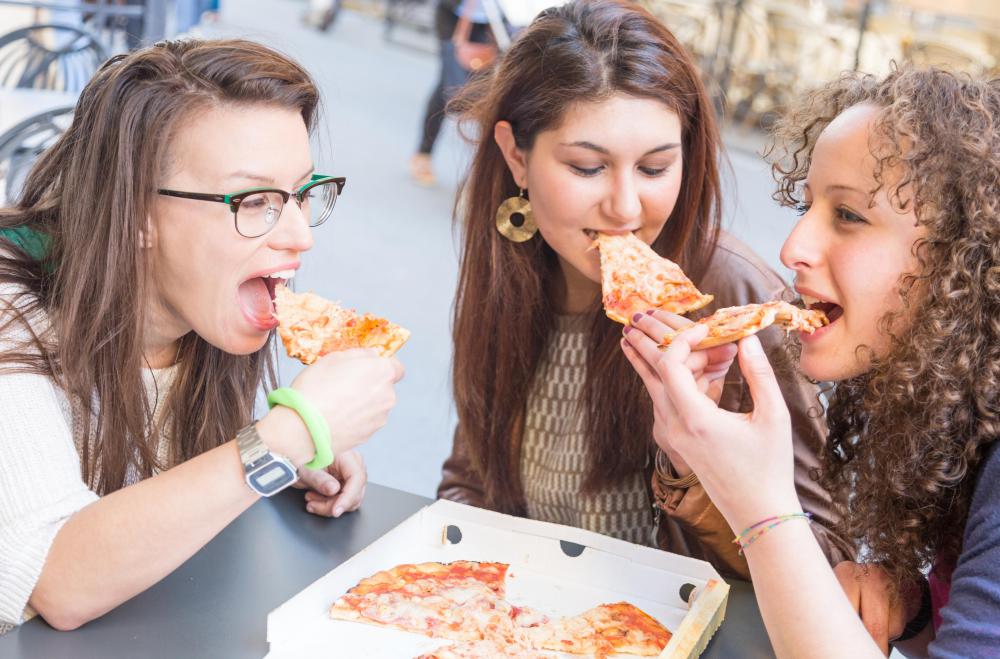At DelightedCooking, we're committed to delivering accurate, trustworthy information. Our expert-authored content is rigorously fact-checked and sourced from credible authorities. Discover how we uphold the highest standards in providing you with reliable knowledge.
What is the Maillard Reaction?
The Maillard reaction, also known as the browning reaction, is the phenomenon responsible for turning meat brown, converting bread to toast and turning beer brown, along with hundreds of other examples. It is named for Louis-Camille Maillard, a French chemist who studied the science of browning during the early 1900s. This phenomenon can be a complicated bit of biochemistry, but what's most important to know is the effect it has on foods and other protein-based technologies.
In simple terms, certain foods contain carbohydrates in the form of sugars, while others contain amino acids in the form of proteins. These sugars and amino acids often exist side-by-side, as in the case of raw meats. They may also be blended together, as in the case of bread dough. As long as there is no outside catalyst, or cause for change, the meat remains red and the bread dough remains white.

This reaction is the catalyst for change, primarily by the addition of heat. When bread dough or meat is introduced to a hot oven, a complex chemical reaction occurs on the surface. The carbon molecules contained in the sugars, or carbohydrates, combine with the amino acids of the proteins. This combination cannot occur without the additional heat source. The end result of this chemical recombination is the Maillard reaction. The surface of the heated bread dough is now brown, as is the outer layer of the roasted meat.

Not only do the combined sugars and amino acids change the appearance of the food, but they change the flavor as well. The Maillard reaction is responsible for the savory flavor of roasted meats, as well as the toasted flavor of baked breads. When bread is placed in a toaster, the browning reaction causes the outer layer of carbohydrates and proteins to combine. The result is a piece of browned toast. Recipes containing both eggs, which contain protein, and flour, which contains carbohydrates, benefit from this phenomenon to achieve a pleasing browned appearance.

The Maillard reaction is not limited to food sciences, however. Self-tanning products also rely on the reaction between amino acids and sugars to create a brown skin tone, especially in the elderly. The albumin-based photographic process used in early photography often reacts negatively to heat and light exposure over time, causing brown patches to form.
This phenomenon is also used to create artificial flavorings, based on the hundreds of complex amino acid/sugar combinations formed after the process. A typical sample of roasted meat alone is said to have over 600 different flavors, for example. Food scientists use the Maillard reaction to duplicate these flavors in laboratories. Artificial maple syrup is often made through a careful combination of corn syrup and amino acids under heat, for example. The result is a brown syrup with almost all of the flavor molecules present in authentic maple syrup, which also gets its distinctive brown color from the Maillard reaction.
AS FEATURED ON:
AS FEATURED ON:













Discussion Comments
So if browning of meat is not the maillard reaction and not caramelization, then what is it called?
To the above post. Meat does contain sugars in the form of glucose. While other factors may be in play, the primary browning of meats is a Maillard Reaction.
@earlyforest -- Although the two are both types of non-enzymatic browning, caramelization is actually pyrolysis, which is a form of thermochemical decomposition.
A Maillard reaction, on the other hand, is a reaction with amino acids.
So to answer your question, they are both types of browning, but the browning happens for different reasons.
Is caramelization the same thing as a Maillard reaction?
Interesting -- I never knew that there was a name for this kind of thing.
Now the next time I'm barbecuing, I can sound impressive telling people about Maillard reactions!
The browning reactions which occur when meat is roasted or seared have often been referred to as Maillard reaction browning. However, lean meat contains very few, if any, reducing sugars. Furthermore, red meat undergoes more extensive browning than does white meat. The browning reactions in lean meat are most likely due to the breakdown of the tetrapyrrole rings of the muscle protein, myoglobin. Thus, the browning of meat is technically not a Maillard browning since it does not involve the reaction with a reducing sugar.
Post your comments